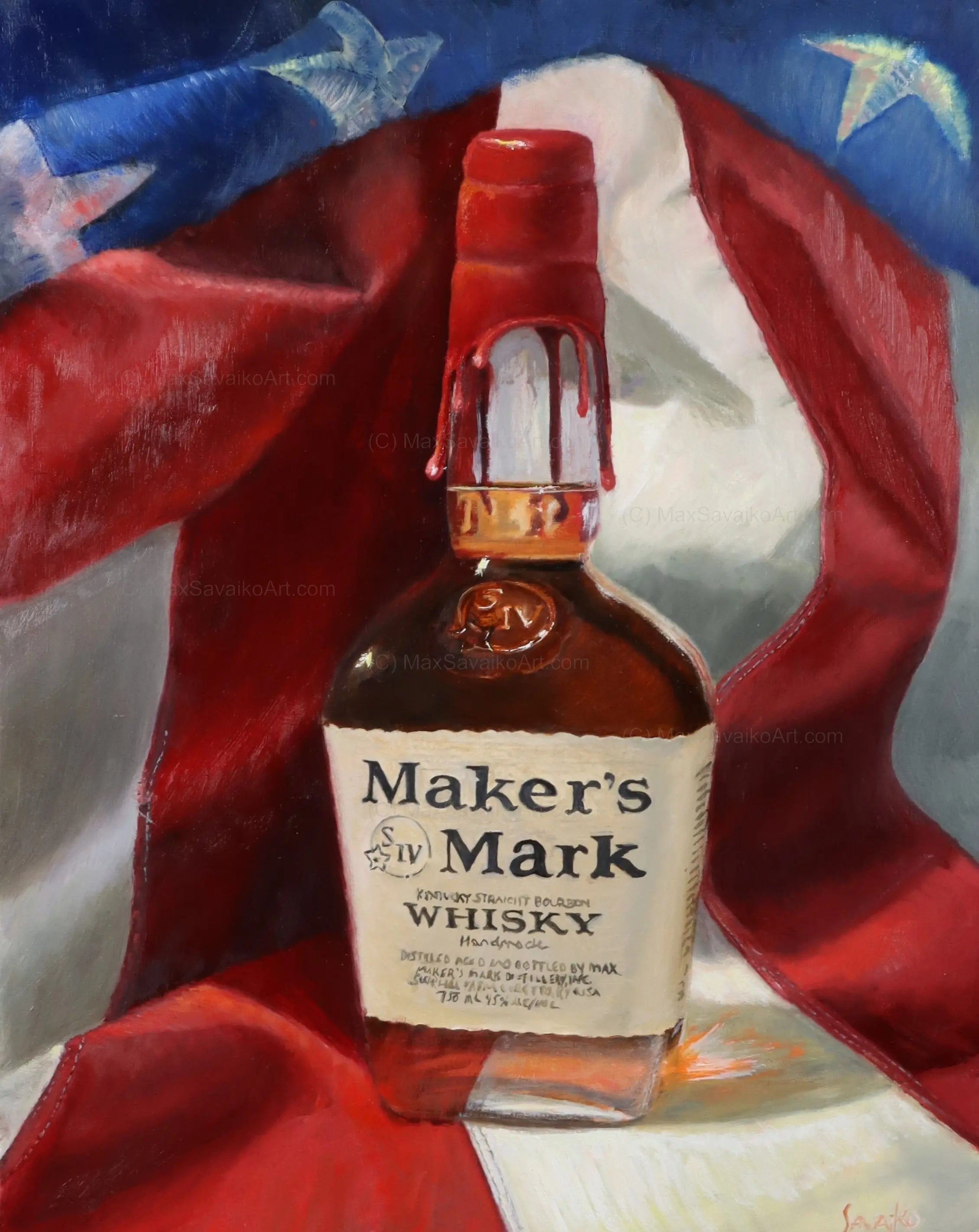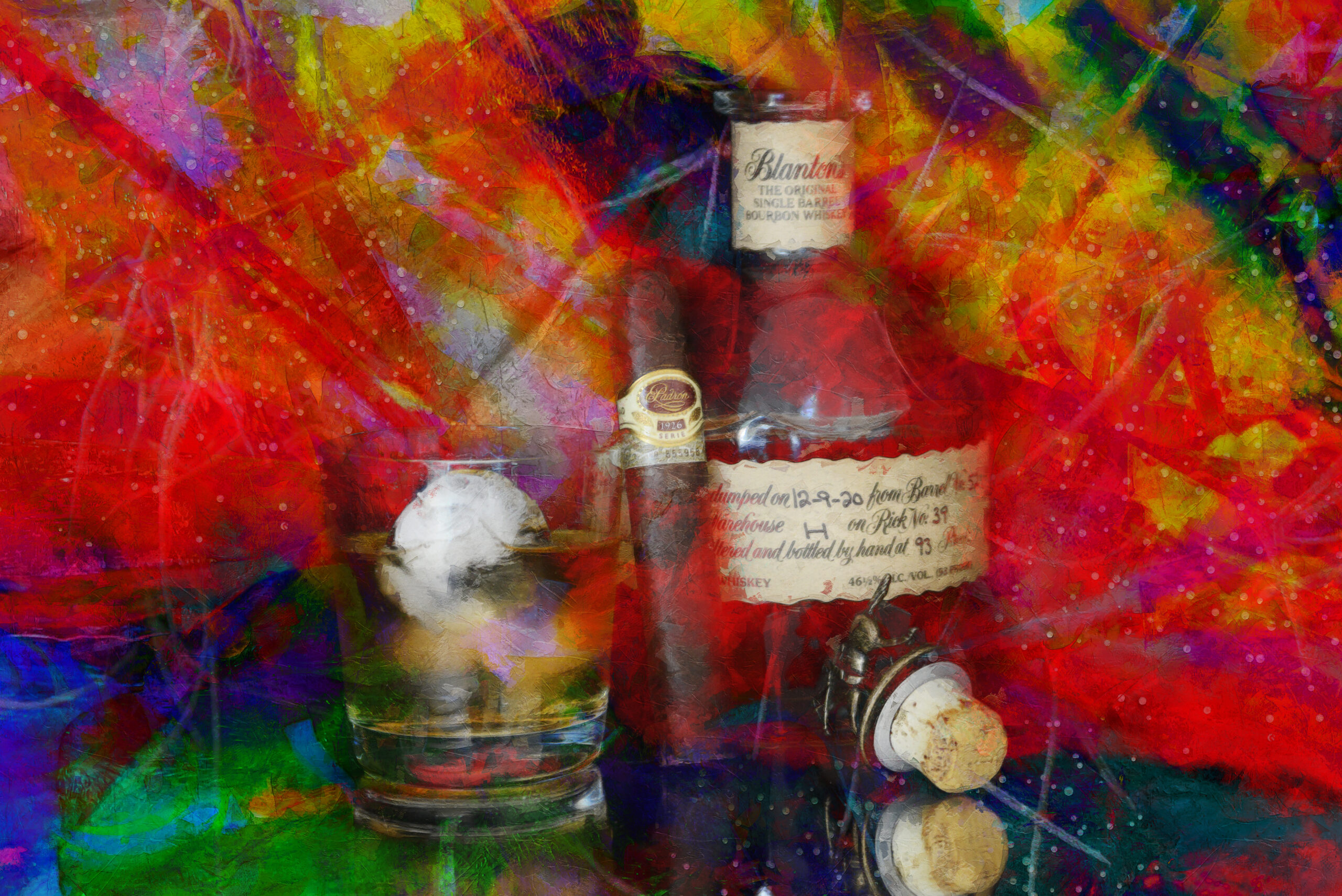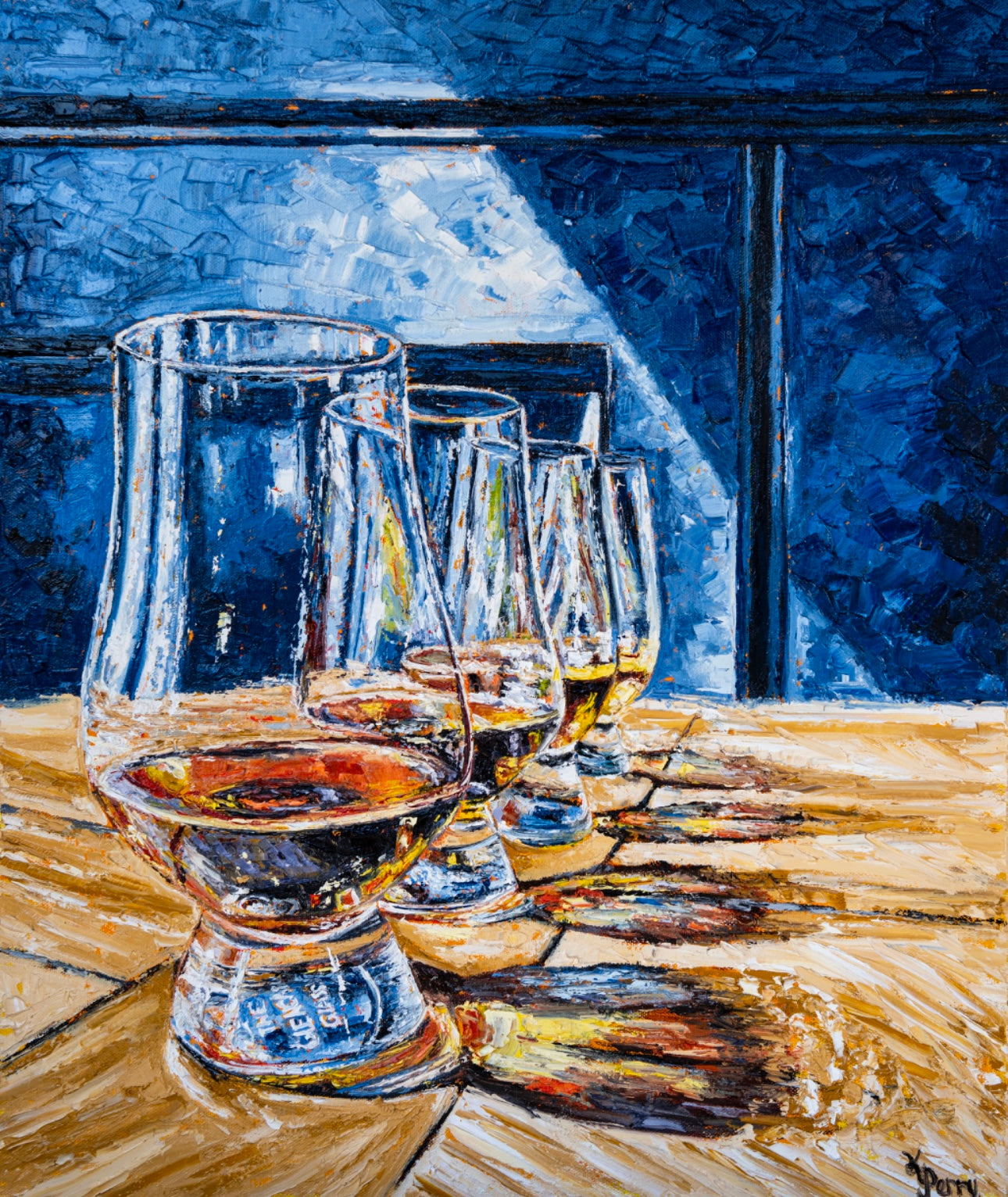Whiskey Art: Catching the Significance of Distillation in Every Brushstroke
Whiskey Art: Catching the Significance of Distillation in Every Brushstroke
Blog Article
The Value of Whiskey Art in Celebrating Heritage and Workmanship in the Beverage Industry
The intricate relationship between whiskey art and the event of heritage and craftsmanship within the beverage market can not be overemphasized. Via attentively designed bottles and tags, bourbon brand names encapsulate their historic origins and the artisanal abilities that define their production techniques.
The Historic Origins of Whiskey
At the heart of scotch's attraction exists an abundant tapestry of historical roots that map back to old worlds. The beginnings of whiskey can be linked to the distillation techniques of the Sumerians and Babylonians around 2000 BCE, where very early kinds of fermented grain drinks started to arise. Nevertheless, it remained in the Middle Ages that the art of purification progressed substantially, particularly in Ireland and Scotland, bring about the production of scotch as we understand it today.
The term "whiskey" itself originates from the Gaelic word "uisce beatha," implying "water of life." This expression emphasizes the cultural significance of bourbon in Celtic societies, where it was usually related to routines, celebrations, and communal bonding. By the 15th century, purification became an identified craft within reclusive areas, leading the way for the establishment of legal distilleries.
As profession courses broadened, scotch's appeal expanded, going beyond regional limits and capturing the passion of connoisseurs worldwide. Realism Art. This historic trip mirrors not only the craftsmanship behind scotch production however additionally its integral function in cultural and social contexts, noting it as a significant drink throughout background
Artistic Expression in Branding
Whiskey branding stands as a compelling crossway of artistry and business, where visual identification plays a vital role in forming consumer assumption. The aesthetics of whiskey labels, packaging, and advertising products reflect not just the brand's tale yet likewise its core values and heritage. With artistic expression, distilleries communicate a story that reverberates with customers, stimulating feelings and sparking links.
Using color, typography, and images in branding offers to distinguish products in a saturated market. For instance, traditional themes might stimulate a feeling of authenticity and workmanship, while modern-day layouts can symbolize technology and forward-thinking. This tactical artistic instructions improves brand acknowledgment and loyalty, permitting customers to create a personal connection with the whiskey they select.
Furthermore, artistic expression in branding usually works as a party of regional heritage. Distilleries frequently incorporate regional signs or historic recommendations right into their layouts, developing a local color that invites consumers to partake in a wider social experience. Eventually, the virtuosity behind scotch branding not only boosts aesthetic allure however also improves the overall story of the brand name, promoting a deeper appreciation for the workmanship and heritage ingrained in each container.
Workmanship in Bottle Design
The artistry obvious in whiskey branding prolongs beyond aesthetic identity to incorporate the craftsmanship involved in bottle design. Each container acts as a vessel not simply for the spirit within, however also for the story it outlines its origin, high quality, and custom. The design procedure requires precise focus to information, as components such as shape, closure, and material add considerably to the total assumption of the whiskey.
Craftsmanship in bottle layout includes choosing high-quality glass that can enhance the scotch's color and clarity, while likewise offering a tactile experience for the consumer. The silhouette of the bottle must be both cosmetically enticing and functional, often reflecting the heritage of the brand name. Lots of distilleries select unique shapes or embossed logos that evoke a feeling of authenticity and background.
Furthermore, the label layout and typography play a crucial function in communicating the brand name's story. Limited Edition. A well-crafted container not only captivates the consumer's eye but likewise enhances the brand's commitment to quality and custom. This way, the workmanship of bottle style becomes a crucial facet of the whiskey experience, combining virtuosity with an extensive regard for heritage
Cultural Significance of Bourbon Art
Commemorating tradition and workmanship, the cultural value of whiskey art transcends mere looks, intertwining with the historic and social narratives Discover More of the see here areas from which it comes from. Each container functions as a canvas, depicting the distinct tales, folklore, and customs that have formed local whiskey-making techniques. The elaborate styles commonly show the heritage of the distillers, including icons and themes that resonate with the culture and worths of their communities.

Additionally, bourbon art plays a vital duty in public events and parties, acting as a concrete link in between individuals and their shared experiences. By appreciating the creativity in whiskey product packaging, consumers grow a much deeper understanding and respect for the craft, ultimately enhancing their satisfaction of the drink itself.
Modern Trends in Bourbon Discussion
In recent times, the discussion of scotch has evolved to mirror contemporary tastes and trends while still honoring typical workmanship - Limited Edition. Distilleries are significantly concentrating on visual aspects that improve the overall alcohol consumption experience, linking the void in between heritage and modernity
Cutting-edge bottle layouts have actually emerged, frequently incorporating lasting materials and imaginative tags that inform compelling tales. Several brands currently collaborate with regional musicians, infusing their products with unique aesthetic expressions that reverberate with customers. Additionally, limited-edition releases are often packaged great post to read in collectible containers, adding worth and allure for connoisseurs.

Conclusion
In conclusion, whiskey art serves as an important conduit for expressing the heritage and craftsmanship inherent in the drink market. Via detailed branding, ingenious bottle styles, and culturally substantial imaginative aspects, bourbon brand names effectively honor their practices and connect with customers.


Workmanship in container layout entails selecting top quality glass that can enhance the scotch's shade and clarity, while additionally providing a responsive experience for the consumer. In this method, the craftsmanship of bottle layout comes to be an essential element of the bourbon experience, combining creativity with an extensive respect for heritage.
In verdict, scotch art serves as a vital channel for revealing the heritage and workmanship fundamental in the drink market.
Report this page